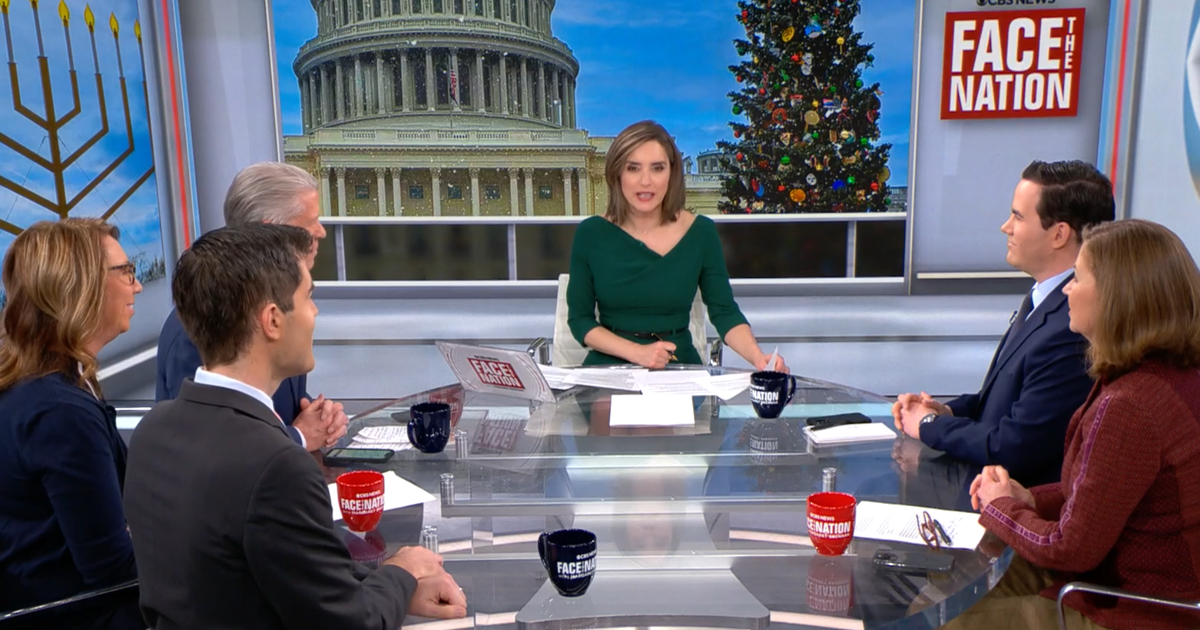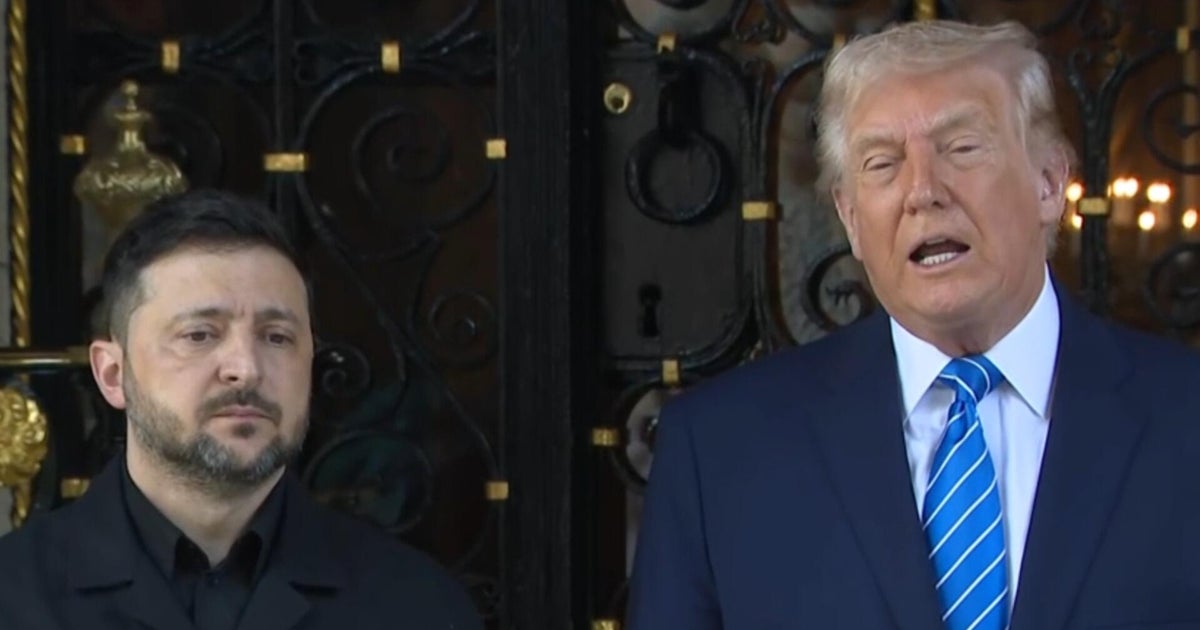By David Pierson and Mujib Mashal
September 2, 2025 — 5.38pm
Tianjin, China: It was a scene in eastern China almost certainly intended for an audience on the other side of the world: the leaders of China, Russia and India, the three largest powers not aligned with the West, smiling and laughing like good friends as they greeted each other at a summit on Monday.
It starts with Prime Minister Narendra Modi of India and President Vladimir Putin of Russia holding hands and walking into a meeting hall filled with other world leaders. They head straight for President Xi Jinping of China, shake hands and form a close circle. A few words are exchanged before translators join the huddle. Putin cracks a broad smile, and Modi lets out a big laugh. At one point, Modi joins hands with the two leaders.

Indian Prime Minister Narendra Modi, centre, talks with Russian President Vladimir Putin, left, and Chinese President Xi Jinping ahead of the Shanghai Co-operation Organisation summit in China.Credit: Getty Images
The tableau carried multiple messages, analysts said. The bonhomie between Xi and Putin was meant to convey a close bond between them as leaders of an alternative world order challenging the United States. Modi sought to show that India has other important friends – including China, regardless of an unresolved border dispute – if the Trump administration chooses to continue alienating New Delhi with tariffs.
“Optics is a key part of this summit, and the White House should grasp that its policies will result in other countries looking for alternatives to meet their interests,” said Manoj Kewalramani, head of Indo-Pacific studies at the Takshashila Institution in Bangalore, India.
That imagery in the city of Tianjin, where more than 20 leaders from mostly Central Asia and South Asia gathered, showed how the geopolitical disruption caused by US President Donald Trump has given China and Russia a platform to rally partners such as Iran, Kazakhstan, Kyrgyzstan, Belarus and Pakistan.
China wants to seize on the unpopularity of the United States’ chaotic trade policies to drive a wedge between Washington and the rest of the world, arguing that it can serve as a more stable global leader.

Vladimir Putin with Xi Jinping during the summit.Credit: AP

Vladimir Putin, left, and Xi Jinping shake hands during a ceremony to welcome heads of state.Credit: AP
Xi, in his opening speech at the Shanghai Co-operation Organisation, a Eurasian security grouping, took not-so-subtle jabs at the United States, urging members of the group to oppose a “Cold War mentality, bloc confrontation and bullying”. He said the organisation must “forge ahead” amid “global upheaval”.
Putin delivered a speech that repeated his claims about the West being at fault for his country’s war in Ukraine. He also praised a recent summit he had with Trump in Alaska to discuss the conflict and said that he had already briefed Xi about those talks in detail, comments seeming to signal China’s central role in Russia’s diplomatic calculus.
Modi, for his part, spoke of “promoting multilateralism and an inclusive world order” – in other words, a system in which countries like India had a greater say in global affairs.

Narendra Modi, right, walks with Vladimir Putin.Credit: AP

Narendra Modi, left, and Vladimir Putin shake hands during their meeting on the sidelines of the summit.Credit: AP
The three-way hand-holding between Modi, Putin and Xi was nothing short of the smiling manifestation of a troika that Moscow had recently said it hoped to revive. In another demonstration of closeness soon after, Modi shared a car with Putin as they rode together to a meeting on the sidelines of the summit. The two then spoke in Putin’s limousine for 50 minutes before the start of their official meeting, according to Russian state media.
“Conversations with him are always insightful,” Modi wrote on his social media account, where he posted a photo of the ride.
Asked by a Russian state television reporter why the two leaders spoke in the car, Dmitry Peskov, the Kremlin’s spokesperson, responded, smiling: “Our own walls.”
In the past, India’s risk-averse bureaucracy would have taken pains to avoid such overt displays of warmth with China and Russia at sensitive junctures – the secret to expanding ties with Washington while keeping a seat at forums led by the other major powers. But Trump’s barrage of tariffs on India, now at 50 per cent after penalising India for buying Russian oil, has left little incentive for India to do so.
This time, Modi even splashed the visuals on his social media accounts shortly after the meeting opened, showing how far, and how suddenly, that juggling act has been upended. Later, Modi was even more effusive at the meeting, telling Putin that “1.4 billion Indians are waiting with excitement” to welcome him in New Delhi in December.
“It is a testament of the depth and breadth of our ‘Special and Privileged Strategic Partnership’ that even in the most difficult times, India and Russia have stood shoulder to shoulder,” Modi told Putin.
The summit, which ends on Monday, is the first part of a diplomatic showcase Xi has lined up this week. In the lead-up to this meeting, he has held talks with many of the visiting leaders, including Modi, during which he said the two countries should see each other as partners and not rivals.

Chinese President Xi Jinping and his wife, Peng Liyuan, centre, pose for a group photo with international guests including Russian President Vladimir Putin, seventh from left, and Indian Prime Minister Narendra Modi, fourth from left.Credit: Xinhua News Agency via AP
He is also expected to hold talks with Putin. But the biggest highlight is a military parade in Beijing on Wednesday aimed at commemorating the 80th anniversary of the end of World War II, to be attended by Putin and Kim Jong Un, the North Korean dictator. Xi has tried to recast China’s role in the war to burnish the Communist Party’s image and buttress its claims over Taiwan and the South China Sea, scholars have said.
In one sign of how China is using the Shanghai Co-operation Organisation to serve its interests, Xi in his speech on Monday called on countries to “promote a correct understanding of World War II history”.
“Xi Jinping clearly wants to challenge the post-World War II global order dominated by the United States and show that China is a reliable and legitimate alternative,” said Alfred Wu, an associate professor at the Lee Kuan Yew School of Public Policy at the National University of Singapore.
Loading
The public show of unity between the three leaders masked deep suspicions and conflicting interests.
China and India remain locked in mistrust over their disputed border; Beijing says the issue should not define the overall relationship between the two countries. But India would like a resolution to the dispute, and Modi is also wary that his earlier courting of Xi had backfired by causing him embarrassment.
Despite the warm ties with Moscow, India cannot expect to replace Western economic support with Russia, a country hit badly by sanctions because of its invasion of Ukraine.
As for China, though it projects especially close ties with Russia at the moment, it has been looking warily at Moscow’s growing influence over North Korea.
“Optics do little to alleviate the fault lines that exist in the troika of India, China and Russia,” Kewalramani said.
This article originally appeared in The New York Times.
Get a note directly from our foreign correspondents on what’s making headlines around the world. Sign up for our weekly What in the World newsletter.
Most Viewed in World
Loading


















































